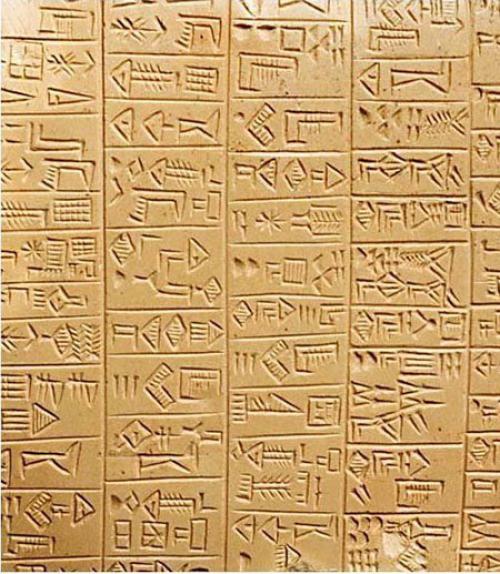
 Department Homepage
The College of Arts & Sciences
Department Homepage
The College of Arts & Sciences
How to Text like a Sumerian
“Buffalo,” said Jonathan Tenney eight times in a row to the crowded room in White Hall.



